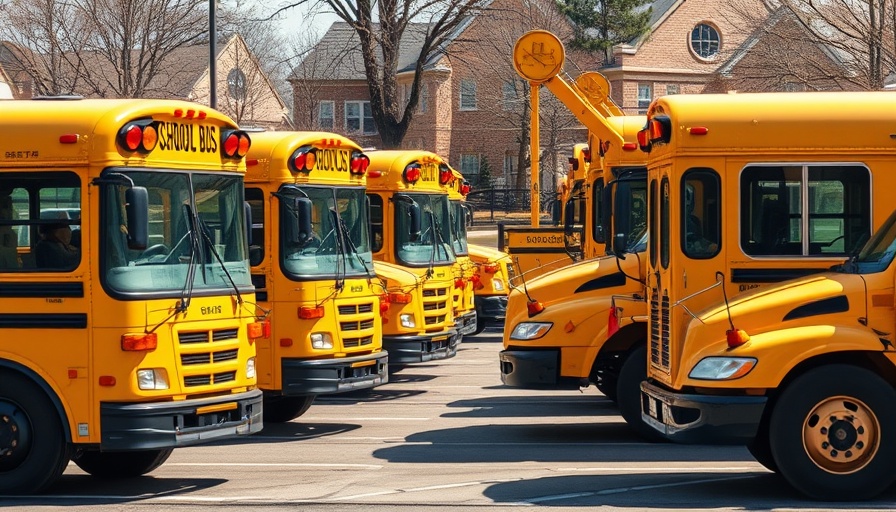
The Transportation Dilemma in Ohio Schools
As Ohio schools grapple with severe bus driver shortages and the ramifications of a new state educational mandate, thousands of high school students are left without reliable transportation. The challenges have become particularly pronounced this school year, as public school districts have started canceling bus services for their high schoolers. This decision comes despite the continuation of bus services for younger students attending private and charter schools, raising questions about equity in educational access.
The Impact of EdChoice
The emergence of Ohio's EdChoice voucher program has significantly altered the transportation landscape. While the program offers funding for students to attend private schools, it places the burden of transportation for K-8 students on public school districts, even compelling them to maintain service during district holidays or unexpected bus breakdowns. This setup has caused substantial frustration among taxpayers and public education advocates, leading many to call for clarity and fairness from lawmakers. Dayton, for example, felt the brunt of this policy, with local parents like Ronnee Tingle voicing their concerns over public funds being used to transport students to private institutions.
Alternatives to School Buses
In response to the bus service cuts, some districts have implemented alternatives, such as providing public transit passes to high school students. This initiative, however, is not without its issues. As observed by students like Suelonnee Tingle, navigating public transportation can be fraught with challenges, such as learning routes and accommodating fluctuating schedules, which disrupts students' daily lives.
A Broader Context: Funding and Equity
The situation raises broader questions about the distribution of educational funding and resources in Ohio. Critics of the voucher system argue it siphons much-needed funds away from public schools, undermining their ability to serve students effectively. Dayton School Superintendent David Lawrence aptly described the continuation of the bus cuts as "madness," criticizing the state legislature's decision to funnel about $2.5 billion into the voucher program while still expecting public schools to manage their transportation needs.
Conclusion: Addressing Systemic Issues
The transportation crisis in Ohio public schools highlights deep systemic issues that extend beyond bus rides. As stakeholders—including parents, educators, and policymakers—grapple with these challenges, it's crucial to advocate for equitable solutions that support all students. Only by addressing these foundational issues can Ohio's educational system truly serve its communities.
 Add Row
Add Row  Add
Add 



Write A Comment